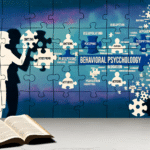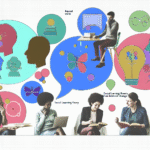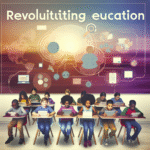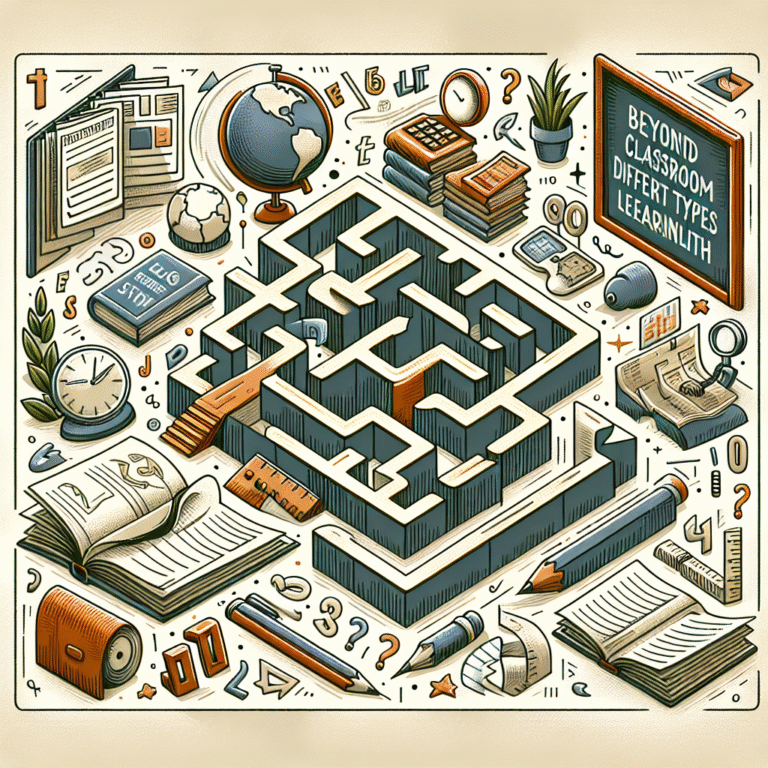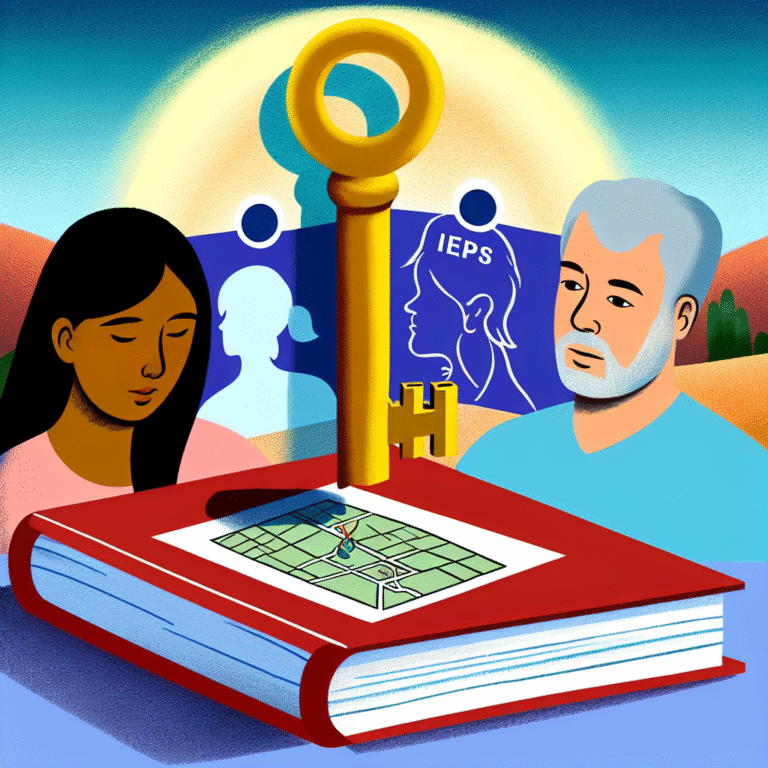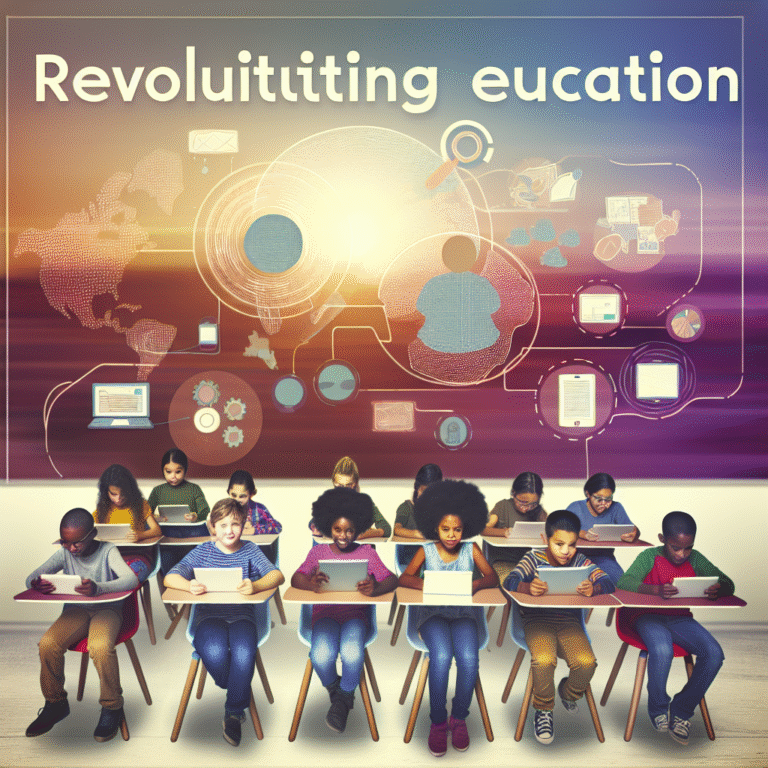
Introduction
In today’s rapidly evolving educational landscape, the urgency to address learning gaps among struggling students has never been more pronounced. The term "learning gaps" refers to the disparities in knowledge and skills acquired by students compared to their peers, often exacerbated by socio-economic factors, differences in learning abilities, or inadequate instructional strategies. As educators, parents, and policymakers grapple with these challenges, innovative academic interventions emerge as essential tools to ensure that no child is left behind. This article delves into Tackling Learning Gaps: Innovative Academic Interventions for Struggling Students, providing insights, case studies, and actionable strategies to equip you—be it an educator or caregiver—in the quest for educational equity.
Understanding Learning Gaps
What Are Learning Gaps?
Learning gaps manifest in various forms, including discrepancies in literacy, numeracy, and critical thinking skills. They can result from multiple factors such as:
- Lack of access to quality education
- Personal or family challenges
- Diverse learning needs and styles
The Importance of Addressing Learning Gaps
Fostering a cohesive educational environment where all students can thrive is not merely a noble endeavor; it is essential for societal progress. According to the National Assessment of Educational Progress (NAEP), students from disadvantaged backgrounds consistently score lower than their peers, which can have long-term effects on their academic and professional futures. Addressing these learning gaps is crucial to improve outcomes and build a more equitable society.
Innovative Academic Interventions
1. Differentiated Instruction
Overview: Differentiated instruction involves tailoring teaching methods to meet the diverse needs of learners. This approach acknowledges that each student has unique strengths and challenges.
Case Study: At Maplewood Middle School, teachers used differentiated instruction to improve math scores. By assessing each student’s proficiency, they created targeted group activities. For instance, students struggling with fractions received additional resources, while advanced students tackled complex problems. As a result, the overall math proficiency improved by 15% in just one semester.
Analysis: This strategy’s strength lies in its flexibility and responsiveness to individual needs, making it highly effective for Tackling Learning Gaps: Innovative Academic Interventions for Struggling Students.
2. Real-Time Feedback Mechanisms
Overview: Immediate feedback is pivotal in the learning process, allowing students to recognize and correct misunderstandings swiftly.
Case Study: The use of digital platforms in a California high school allowed teachers to provide real-time feedback during Algebra lessons. Students could see their mistakes instantly and reattempt exercises, which improved retention and understanding. The school reported a 20% increase in passing rates after implementing this technology.
Analysis: Real-time feedback empowers students to take ownership of their learning while allowing educators to identify misconceptions more swiftly, proving vital for addressing learning gaps.
3. Peer Tutoring and Cooperative Learning
Overview: Employing peer tutoring systems harnesses the strengths of students to facilitate learning. Often, explaining concepts to classmates can reinforce the tutor’s understanding while helping others.
Case Study: At Riverside High School, a peer tutoring program matched struggling students with those excelling in subjects like language arts. The initiative not only boosted academic performance but also enhanced students’ social skills and self-esteem, reporting a marked increase in student engagement.
Analysis: Such collaborative learning environments are particularly effective for Tackling Learning Gaps: Innovative Academic Interventions for Struggling Students, reinforcing that teaching can be as powerful a tool as learning.
4. Social-Emotional Learning (SEL) Programs
Overview: Learning gaps are often intertwined with emotional and social skills. SEL programs help students manage emotions, set goals, and establish positive relationships.
Case Study: A Boston elementary school integrated SEL into its curriculum, focusing on resilience and self-awareness. Following its implementation, disciplinary issues dropped by 30%, and academic performance rose as students felt more connected and supported.
Analysis: SEL addresses not just the academic but emotional components of learning, making it a crucial intervention in achieving comprehensive educational success.
5. Personalized Learning Plans
Overview: Personalized learning plans (PLPs) provide a roadmap tailored to each student’s needs, interests, and goals.
Case Study: At Summit Academy, the introduction of PLPs led to significant personalization of education. Students worked with mentors to set individualized goals, and engagement levels skyrocketed, showing a 25% increase in overall academic achievement.
Analysis: PLPs underscore the importance of student agency in learning, making them vital for addressing learning gaps.
Chart: Innovative Interventions and Their Impact
| Intervention | Description | Reported Outcome |
|---|---|---|
| Differentiated Instruction | Tailored teaching methods | 15% math score improvement |
| Real-Time Feedback | Instant correction mechanisms | 20% increase in passing rates |
| Peer Tutoring | Student-led teaching | Enhanced engagement and performance |
| Social-Emotional Learning | Programs addressing emotional needs | 30% drop in discipline issues |
| Personalized Learning Plans | Custom roadmaps for learning | 25% increase in achievements |
Conclusion
Tackling Learning Gaps: Innovative Academic Interventions for Struggling Students is not merely about recognizing deficits; it is about creating pathways to success. The strategies outlined—differentiated instruction, real-time feedback, peer tutoring, social-emotional learning, and personalized plans—each offer distinct yet complementary avenues to help bridge these gaps. As we navigate the complexities of education, it is imperative for educators, parents, and policymakers to adopt innovative approaches that recognize and embrace the unique abilities of each student.
Let’s inspire a generation where every learner feels capable and empowered. The journey towards educational equity begins with these critical interventions.
FAQs
1. What criteria should I use to identify learning gaps in my child?
Identify inconsistent performance in standardized tests, homework, and class assessments. Engage in conversations with teachers to gain insight into areas where your child struggles.
2. How can I support my child with learning gaps at home?
Create a structured homework routine, utilize educational resources like online platforms, and encourage open communication about their struggles.
3. Are there specific programs that focus on innovative academic interventions?
Many local schools offer enrichment programs focused on innovative interventions. Additionally, online resources such as Khan Academy provide personalized learning experiences.
4. How can I advocate for my child’s learning needs in school?
Maintain regular communication with teachers, participate in parent-teacher meetings, and be informed about your child’s rights to special education services if necessary.
5. What role do parents play in implementing these interventions?
Parents are crucial in reinforcing learning at home. Engaging in the educational process and collaborating with schools can significantly impact the effectiveness of interventions.
By addressing these inquiries, we equip ourselves with the insights necessary to support our students effectively, ensuring they have the tools they need to succeed academically and beyond.
